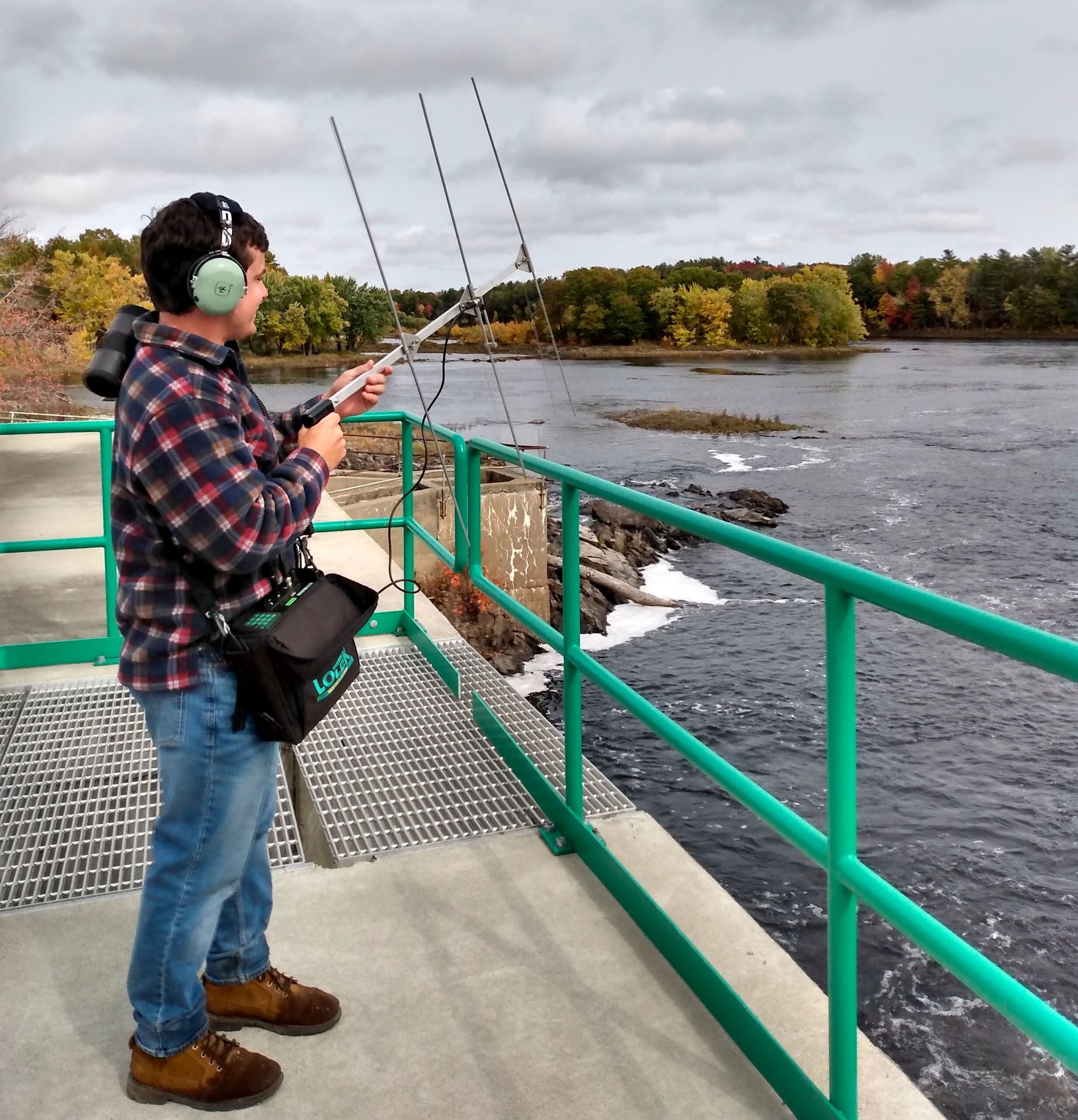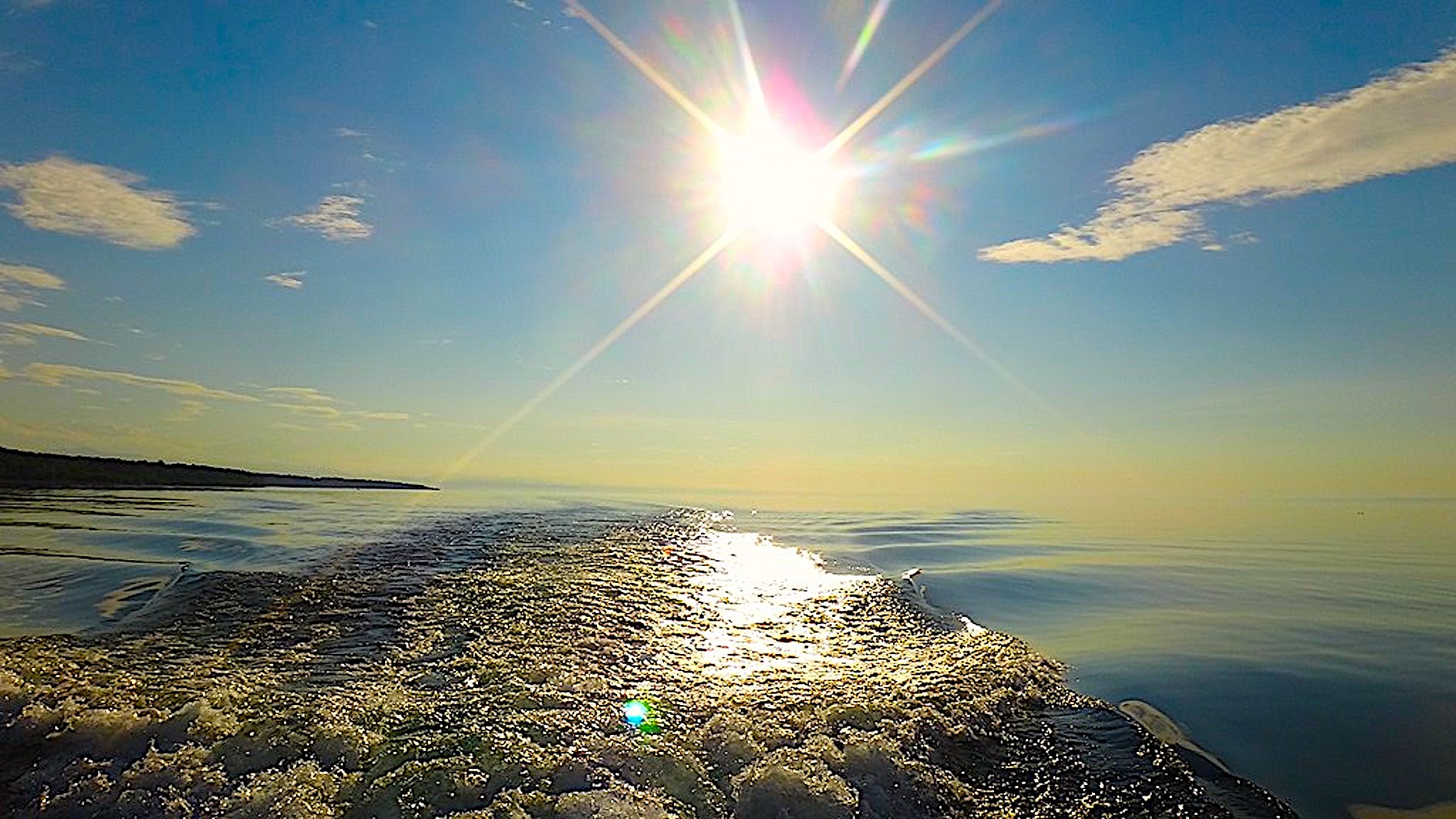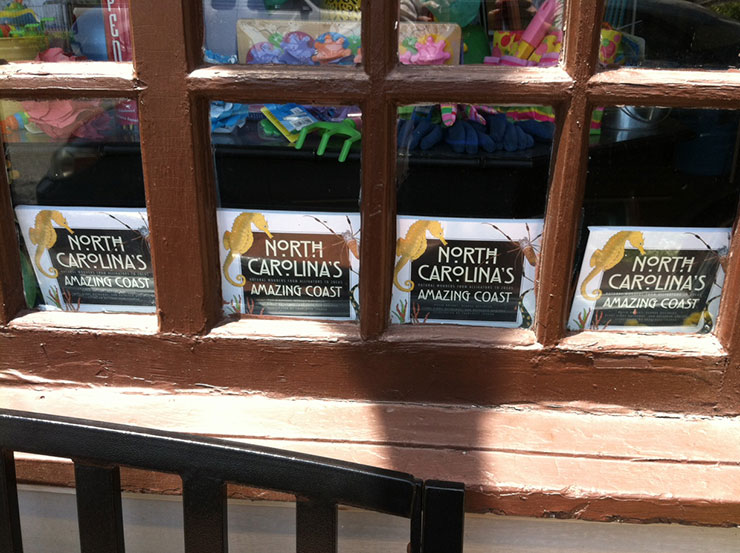The N.C. Fishery Resource Grant Program will fund nine projects in 2013. Administered by North Carolina Sea Grant, FRG supports cooperative research among commercial and recreational fishermen, seafood businesses, and scientists in projects that have practical applications for the community.
This program encourages people in fisheries-related industries to explore innovative ideas to protect and improve fisheries, based on their familiarity with and knowledge of the needs of fishing communities. They are partnered with academic researchers to ensure useful, well-documented results.
“This collaborative research program is not only unique to the state, but has truly placed North Carolina as a leader in the nation, through our commitment to ensure the sustainability of strong fishing communities,” says Susan White, Sea Grant executive director. “The cost-effective program continues to provide significant benefit to the state, both economically and culturally, as changing environmental conditions and resource management efforts require new approaches to be tested and implemented.”
This year, research topics include testing new fishing gear, measuring mercury content in fish and developing new aquaculture techniques.
A fisherman from Sneads Ferry is collaborating with a North Carolina State University researcher to determine the optimal mesh size for the traps used to catch black sea bass. Farther south, a Wilmington shrimper is investigating a device to reduce the amount of bycatch, or unwanted species, in his shrimp trawl. Both teams expect that gear adjustments will reduce labor and trip costs, as well as help them haul in higher-quality catches.
A charter-boat captain from Wilmington will join University of North Carolina Wilmington researchers to evaluate the variation in mercury content for wahoo, mahimahi and yellowfin tuna based on season and size. Large quantities of the heavy metal can pose health risks to consumers.
The 2013 projects are listed below:
Aquaculture and Mariculture
DEVELOPMENT OF SHELLFISH POLYCULTURE TECHNIQUES IN NORTH CAROLINA. Troy Alphin, Martin Posey and James Hargrove of UNCW, and Ronald Sheffield from Wilmington.
PREDICTING AND CONTROLLING RECRUITMENT OF THE SHELL-BORING SPONGE, CLIONA CELATA. Christopher Finelli and John Carrol of UNCW, and Henry “Jay” Styron of Cedar Island.
Environmental Pilot Studies
SEASONAL AND SIZE-SPECIFIC VARIATION OF TOTAL MERCURY CONTENT IN PELAGIC FISHES OFF NORTH CAROLINA. Stephen Poland, Rebecka Brasso and Frederick Scharf of UNCW, and Rick Croson of Wilmington.
TESTING SALINITY-BASED PREDICTIONS OF OYSTER SHELL CULTCH PLANTING SUCCESS. Niels Lindquist of University of North Carolina at Chapel Hill’s Institute of Marine Sciences, and Adam Tyler and David Cessna of Smyrna.
Fisheries Equipment and Gear
DETERMINING OPTIMAL TRAP MESH SIZES FOR NEW BLACK SEA BASS MINIMUM SIZE LIMITS. Tom Burgess of Sneads Ferry and Paul Rudershausen of NC State.
LAMPARA SEINE, ALTERNATIVE FISHING OPPORTUNITIES. Kenneth Siegler of Hubert and James Morley of NC State.
BYCATCH VOLUME REDUCTION THROUGH ADDITION OF A BYCATCH DEFLECTOR DEVICE (BDD). John Broome of Wilmington, and Julian and Donna Anderson of Rocky Point.
EVALUATION OF FLOUNDER TRAPS AS AN ALTERNATIVE TO THE GILLNET FISHERY. Eric Diaddorio of Greenville, Anthony Overton of East Carolina University, Shelton Cuthrell of Aurora and Roger Harris of Atlantic.
Seafood Technology
MARKET DEVELOPMENT FOR CULTURED NORTH CAROLINA STURGEON MEAT. John Burke of Smyrna, Elizabeth Wall of Lenoir, Tim Coyne of Morehead City and Lianne Won of Tusk.
This article was published in the Summer 2013 issue of Coastwatch.
For contact information and reprint requests, visit ncseagrant.ncsu.edu/coastwatch/contact/.
- Categories:



